1990 was a crucial year for the Soviet Union. The country was on the verge of collapse. This uncertainty deeply affected everyday life for ordinary people in Soviet Russia. It was a time of shortages, long lines, and a growing sense of change.
One of the most noticeable aspects of daily life was the constant shortages. Basic goods like food, clothing, and household items were often difficult to find. People spent a lot of time searching for necessities. Long lines were a common sight. People would line up for hours hoping to buy things like meat, milk, or even toilet paper. These lines were not just inconvenient. They were a source of stress and frustration.
The shortages led to a thriving black market. People would buy and sell goods illegally at higher prices. This was a way to get around the shortages. But it also contributed to economic instability. The quality of goods available was often poor. Products were often cheaply made and in short supply. People had to make do with what they could find. There wasn’t the variety of products found in Western shops.
Housing was another challenge. Many people lived in small apartments in large concrete buildings. These buildings were often overcrowded and poorly maintained. Privacy was limited. Transportation was also different. Public transportation was the main way people got around in cities. Buses, trams, and the metro were often crowded. Owning a private car was difficult and expensive.
Daily life was also affected by the political climate. The Soviet Union was a one-party state. The Communist Party controlled everything. There was limited freedom of speech and expression.
Despite the hardships, people found ways to cope. They relied on their friends and family for support. They found joy in simple things. Social connections were very important. People spent time with their neighbors and colleagues. They formed strong bonds within their communities. Cultural life continued despite the difficulties. People enjoyed going to the theater, the cinema, and concerts. These events provided a form of escape.


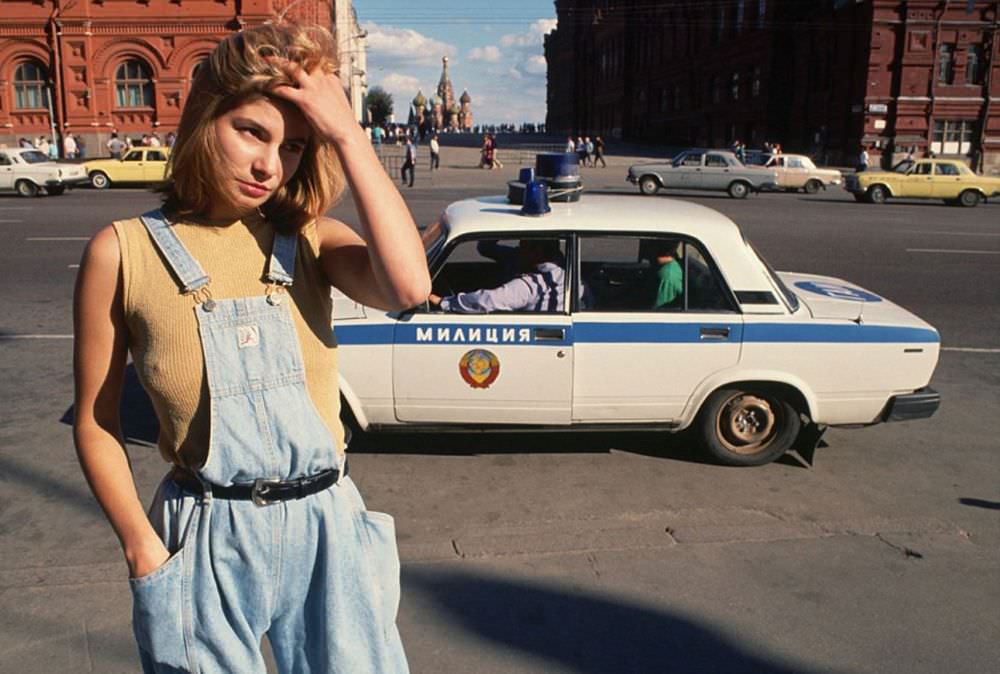
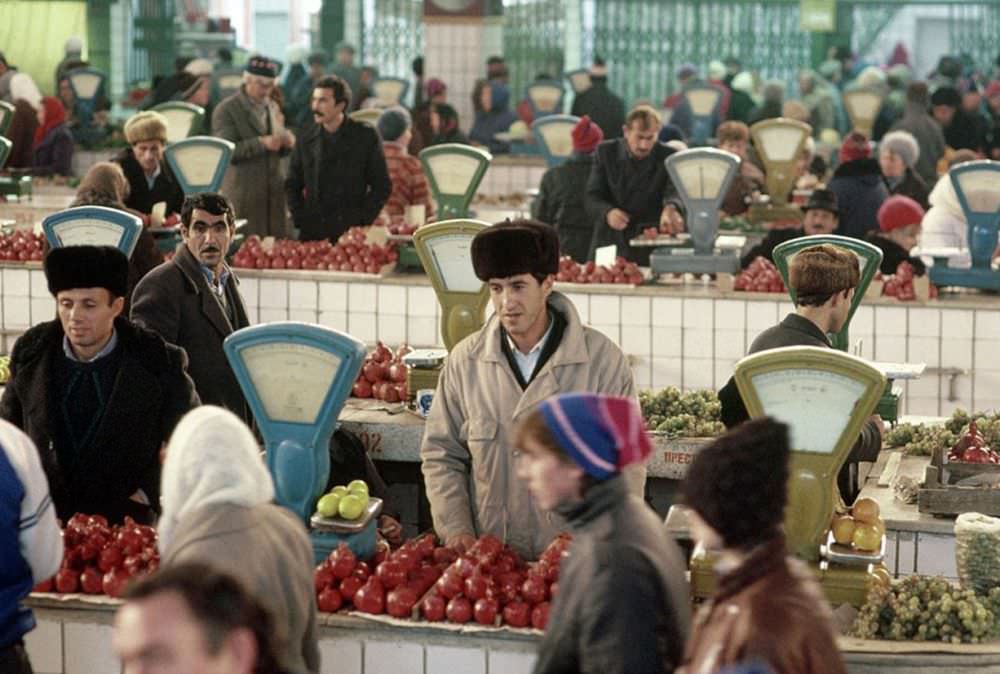
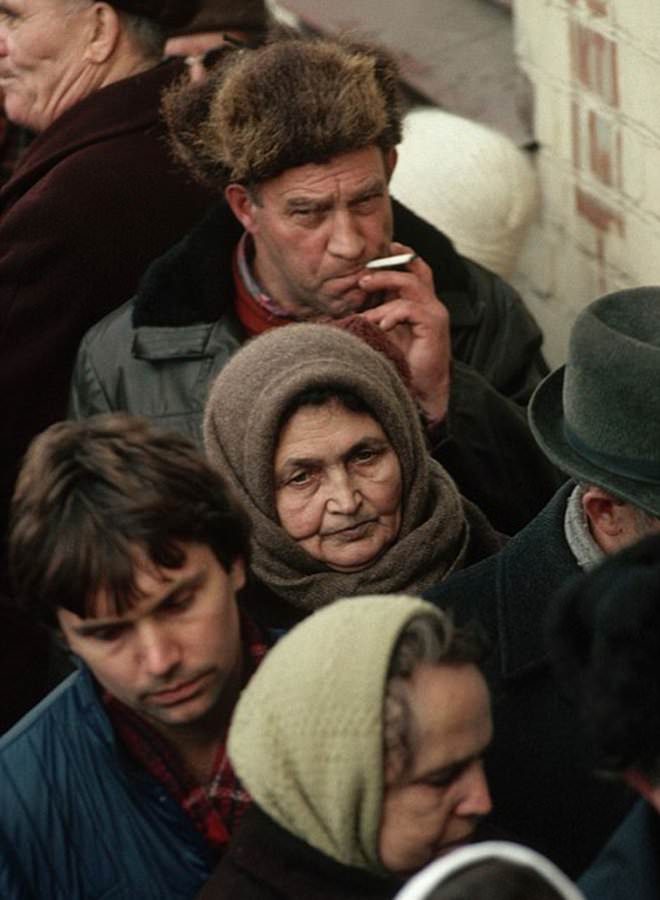
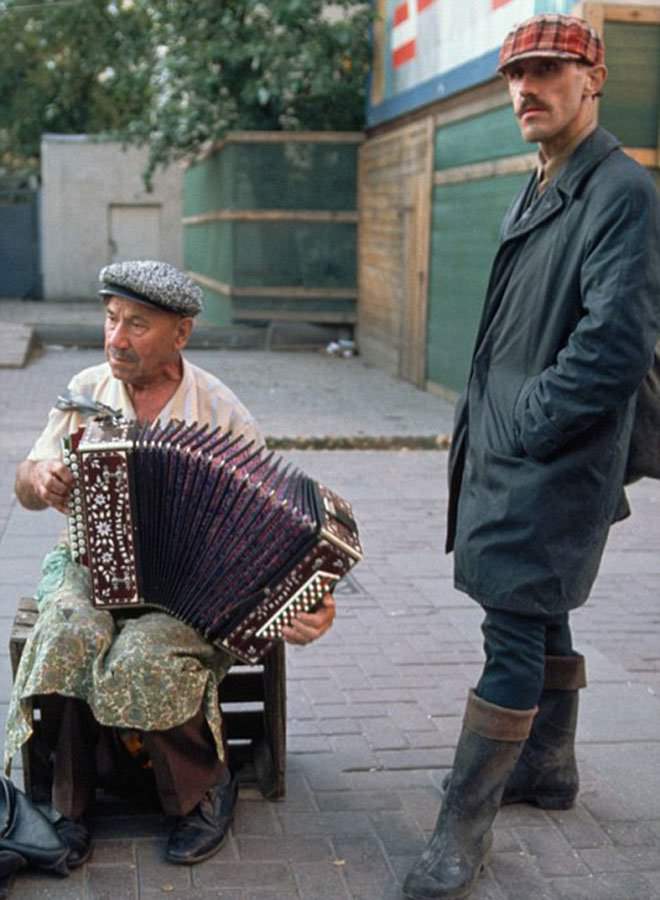
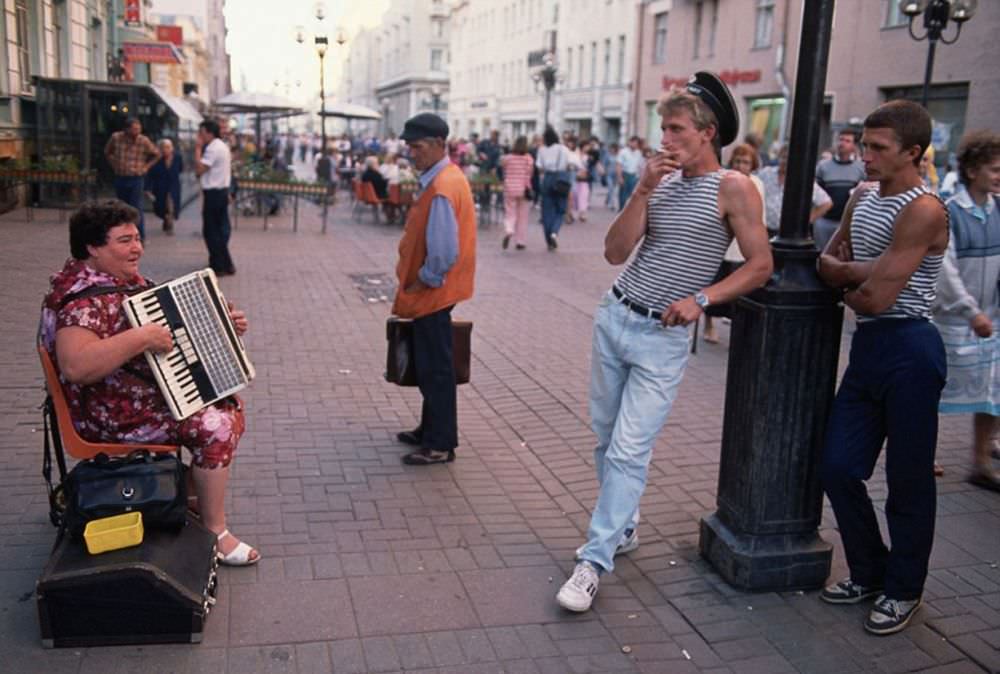
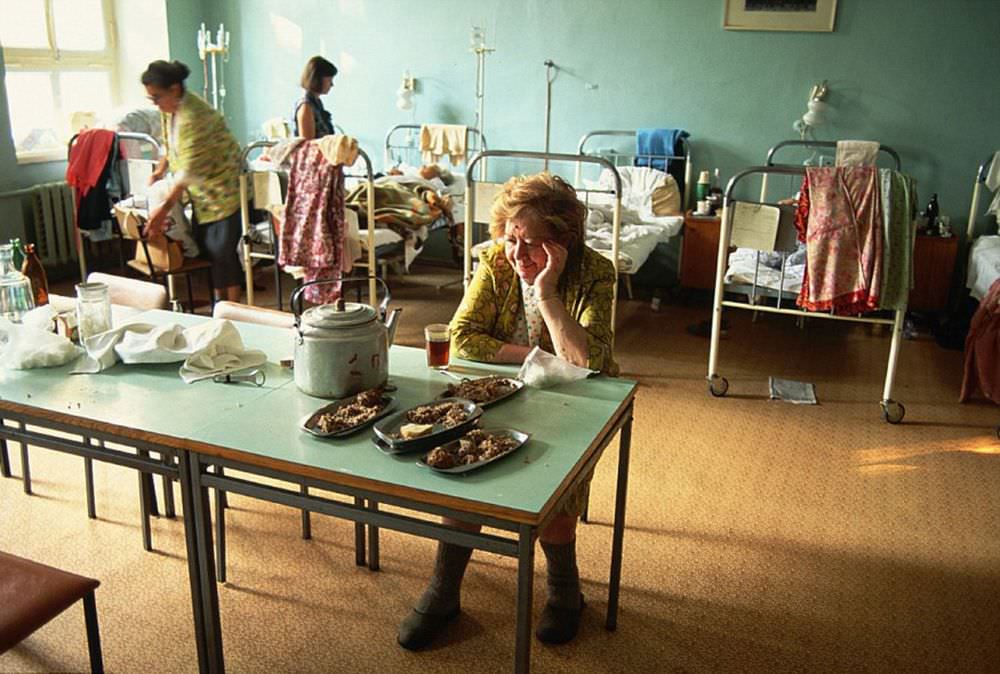
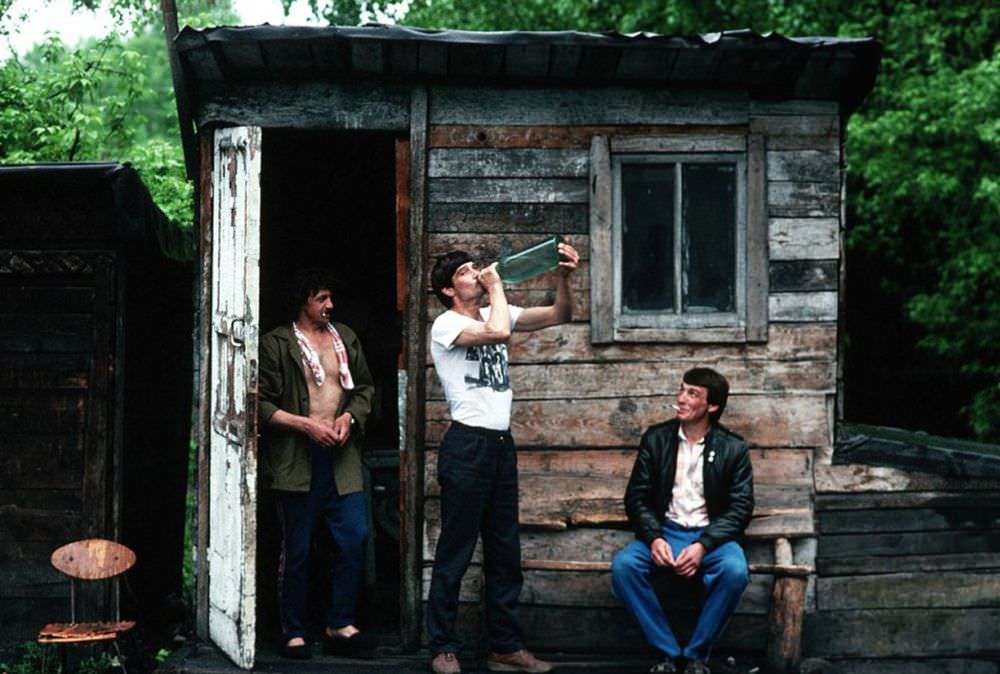
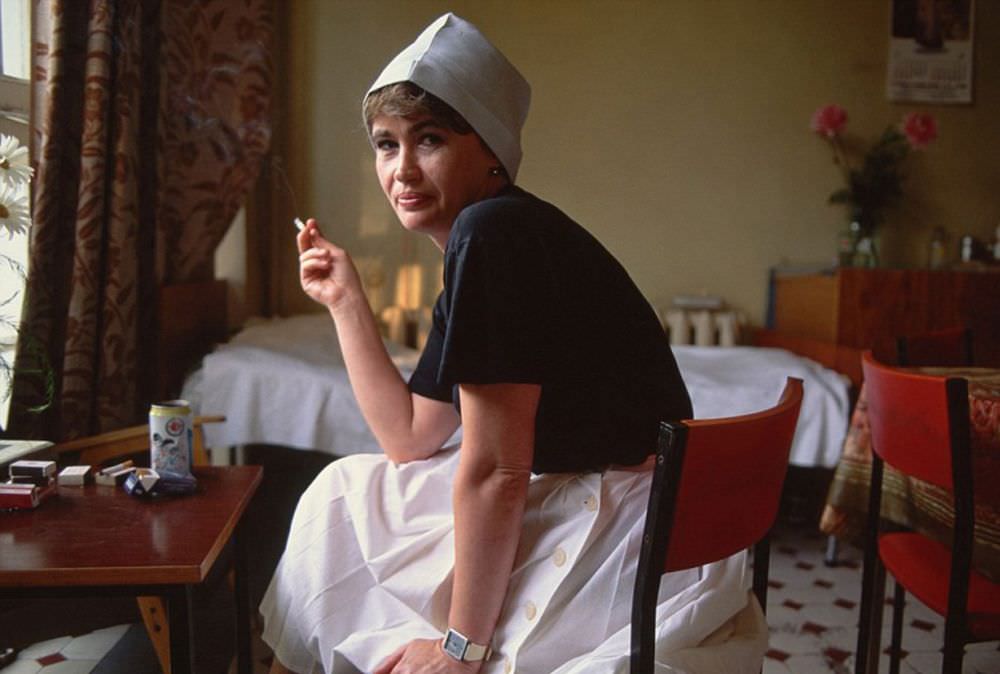
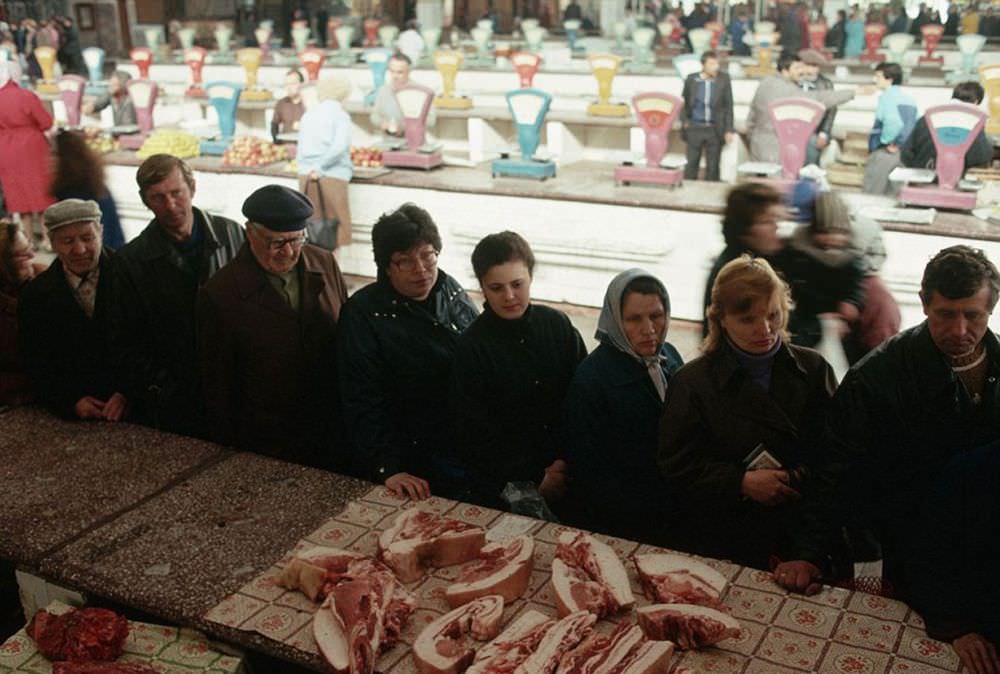
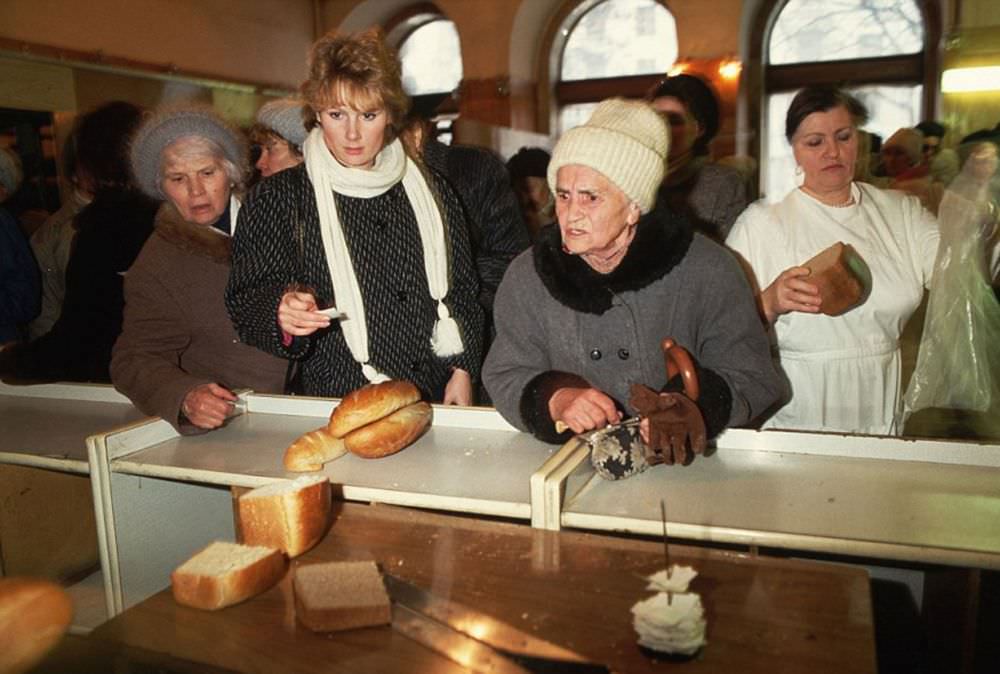
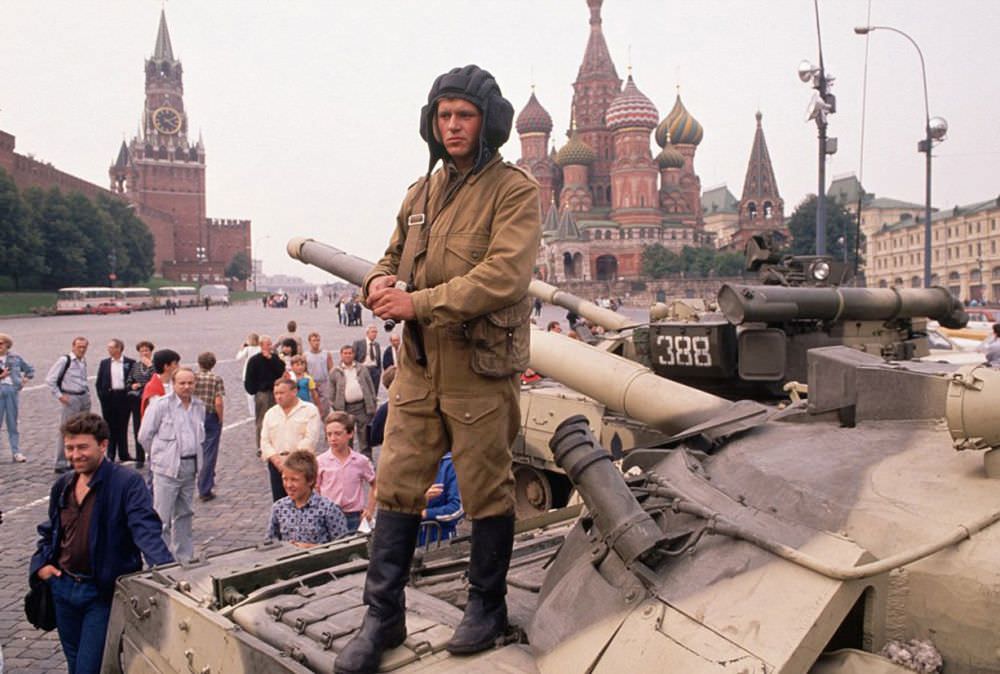
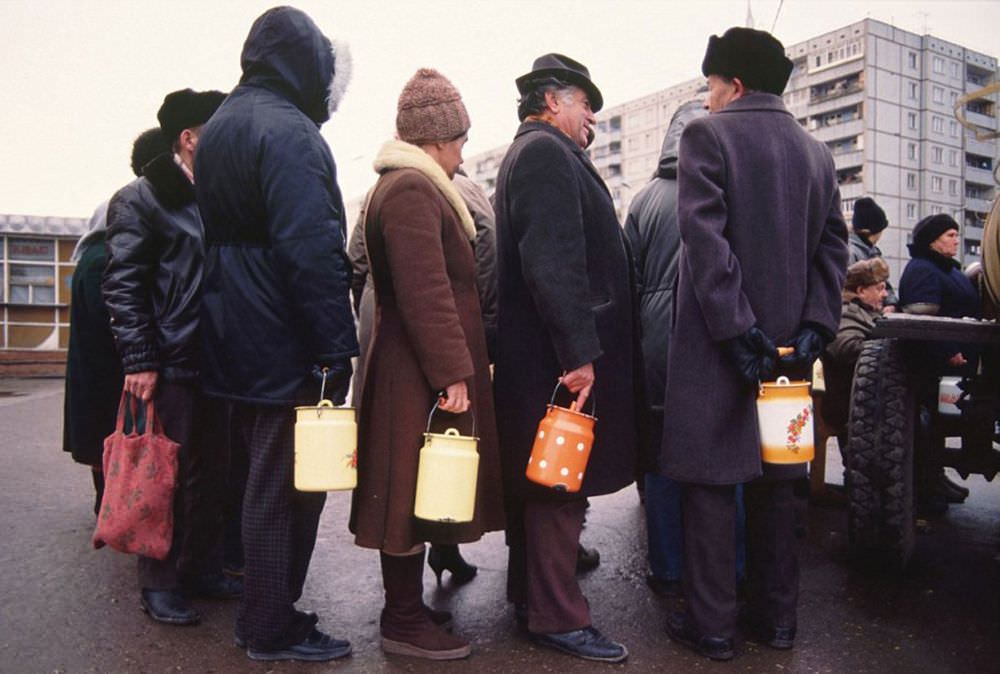
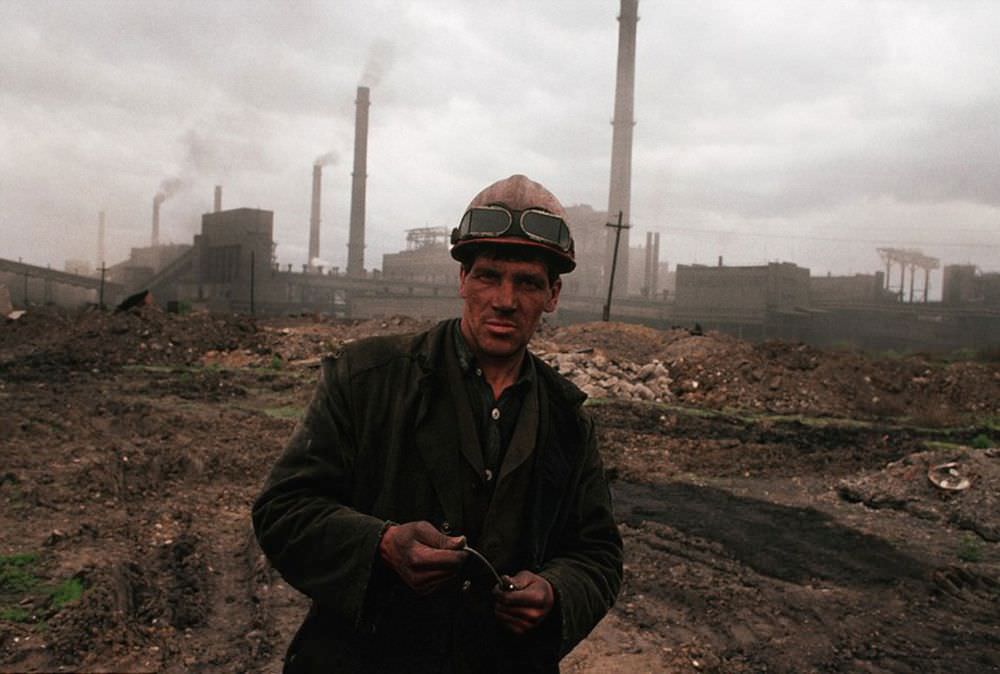
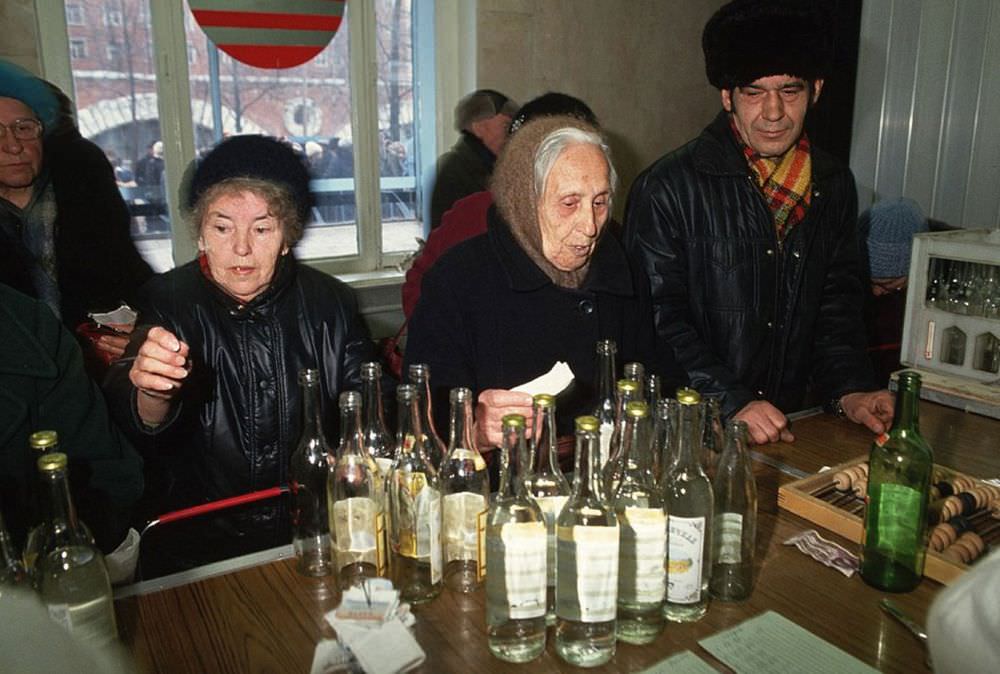
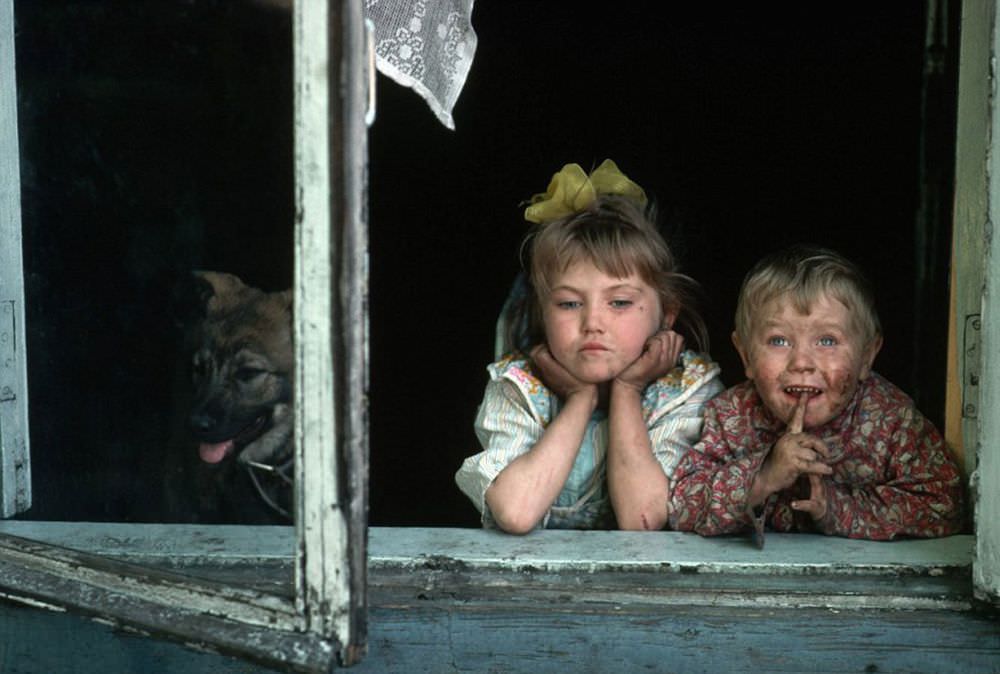
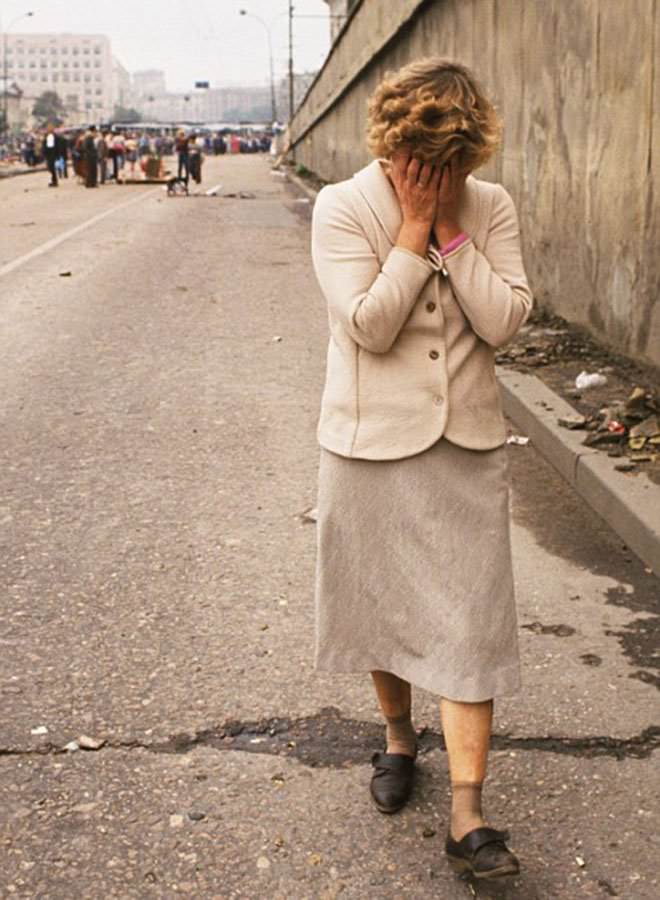
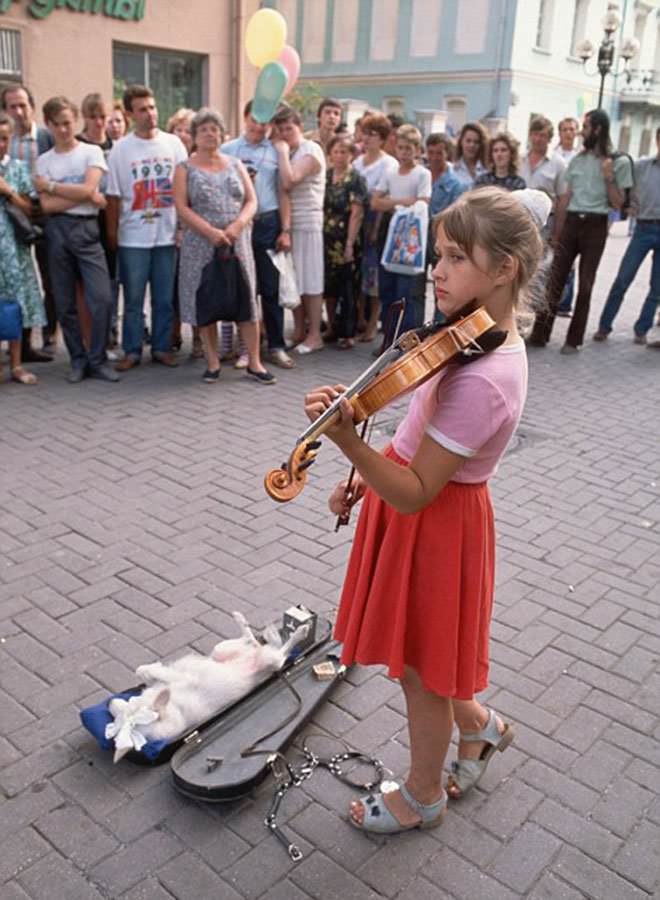
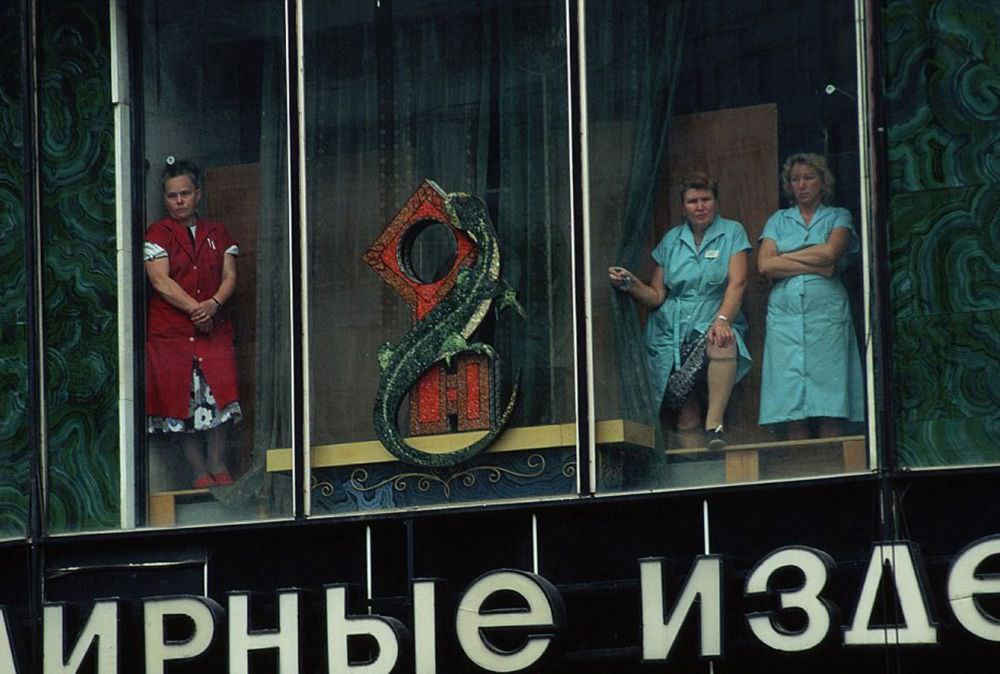
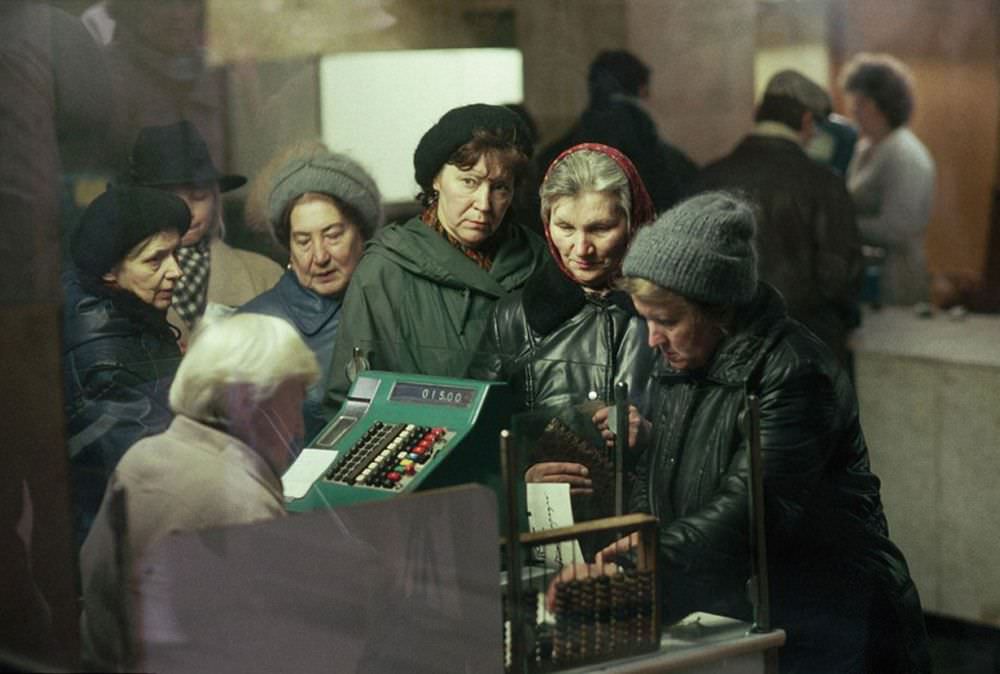
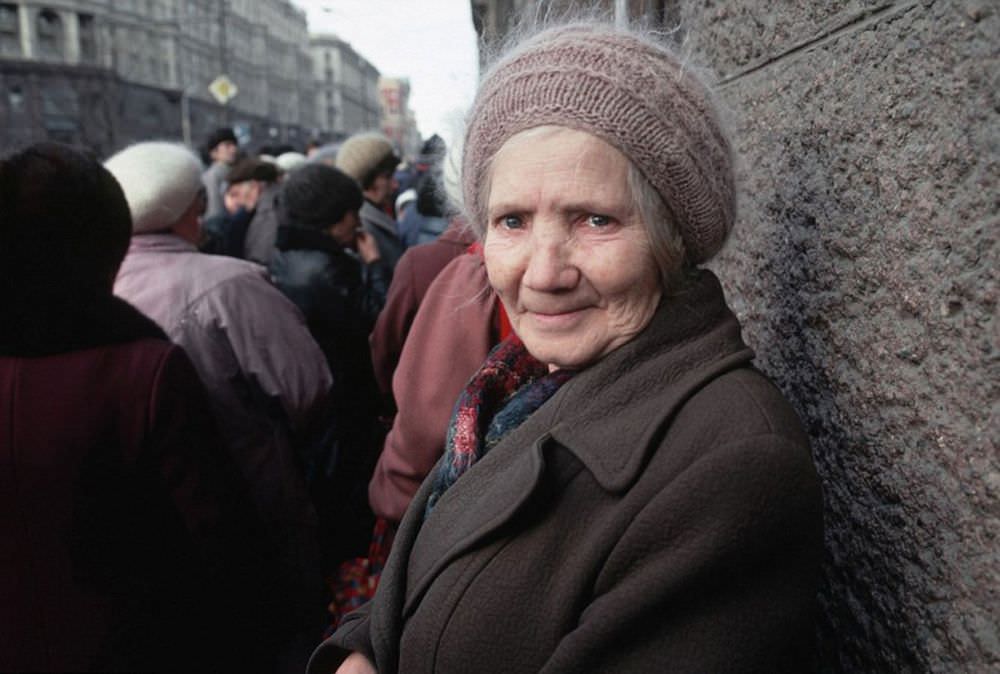
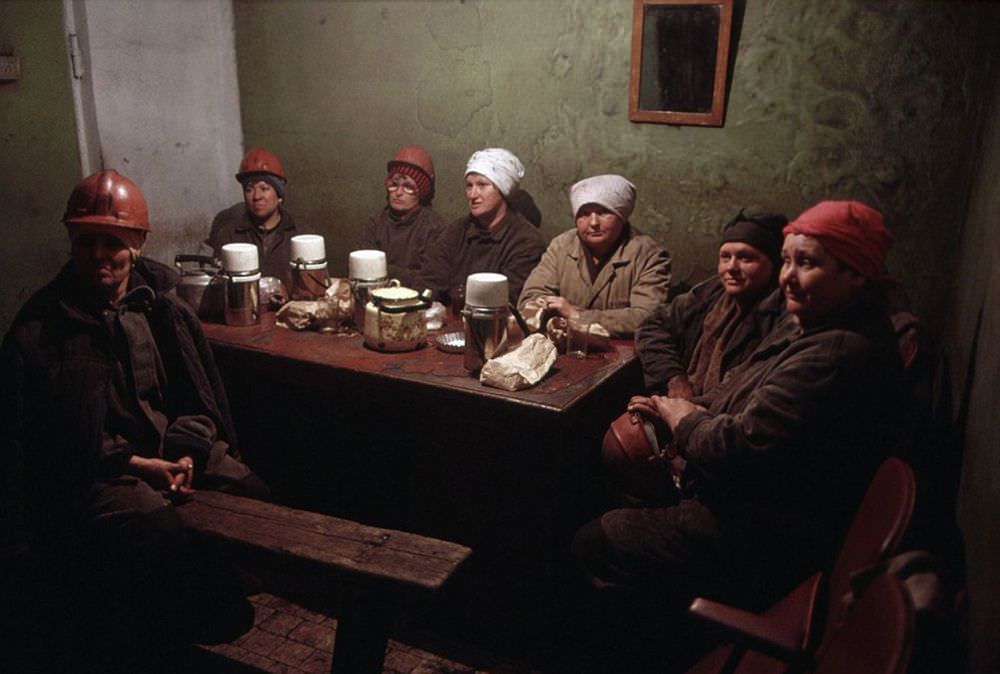
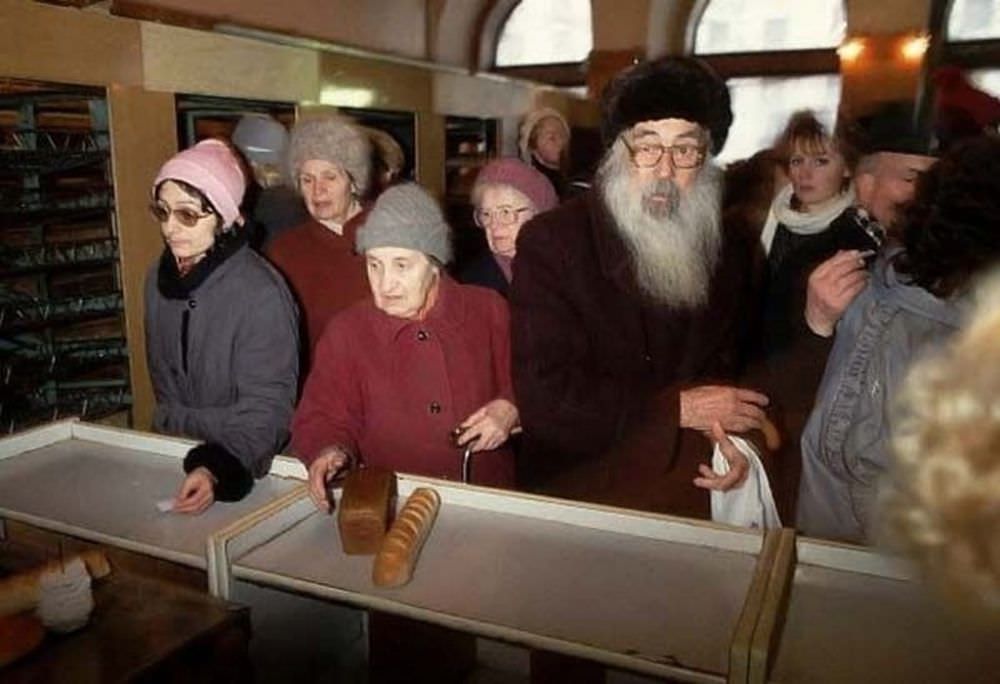
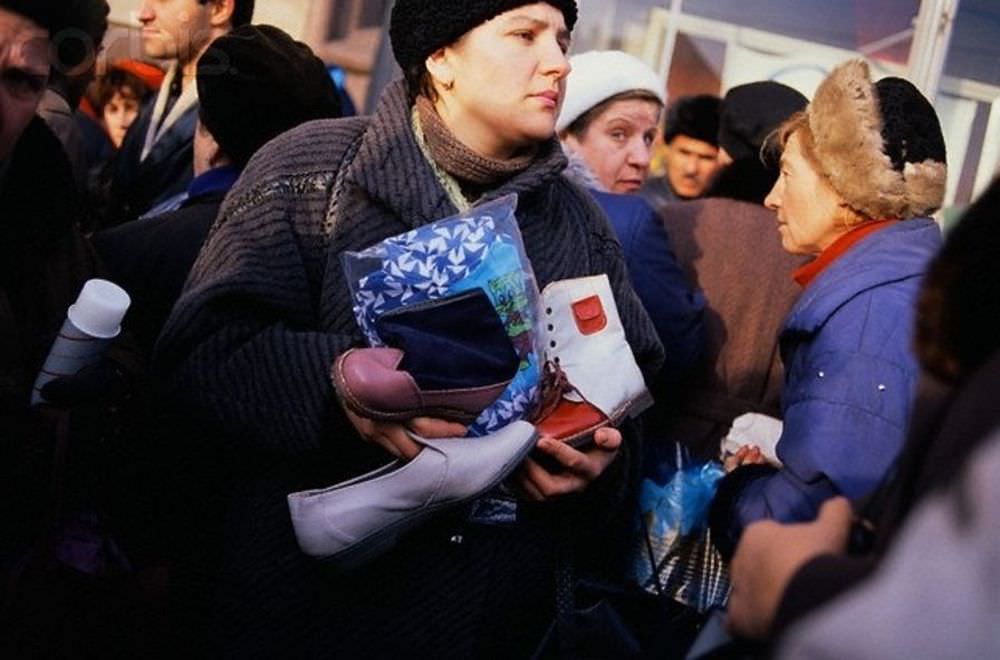
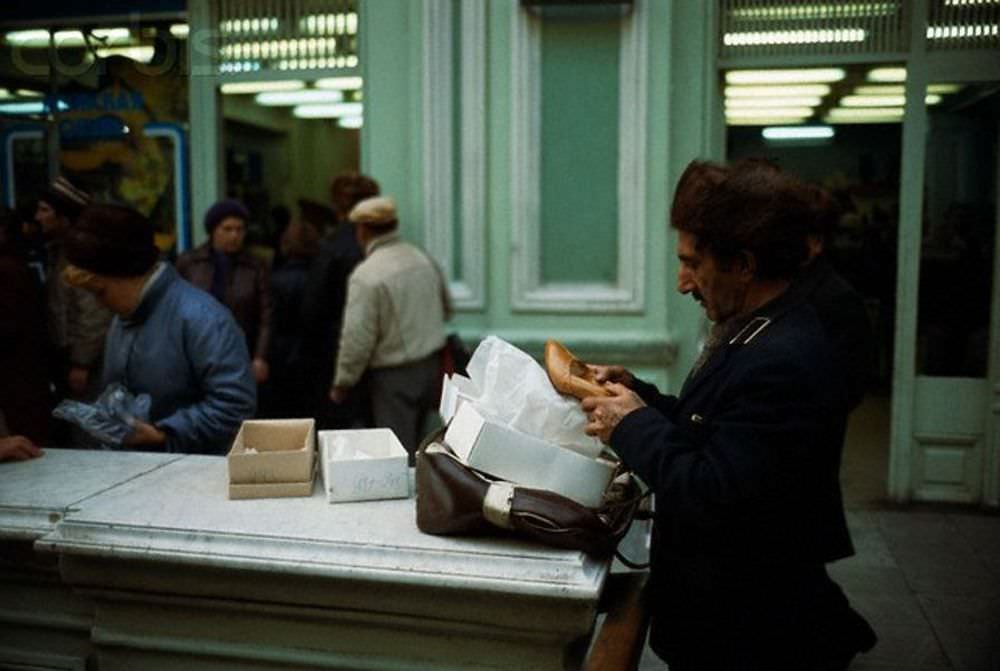
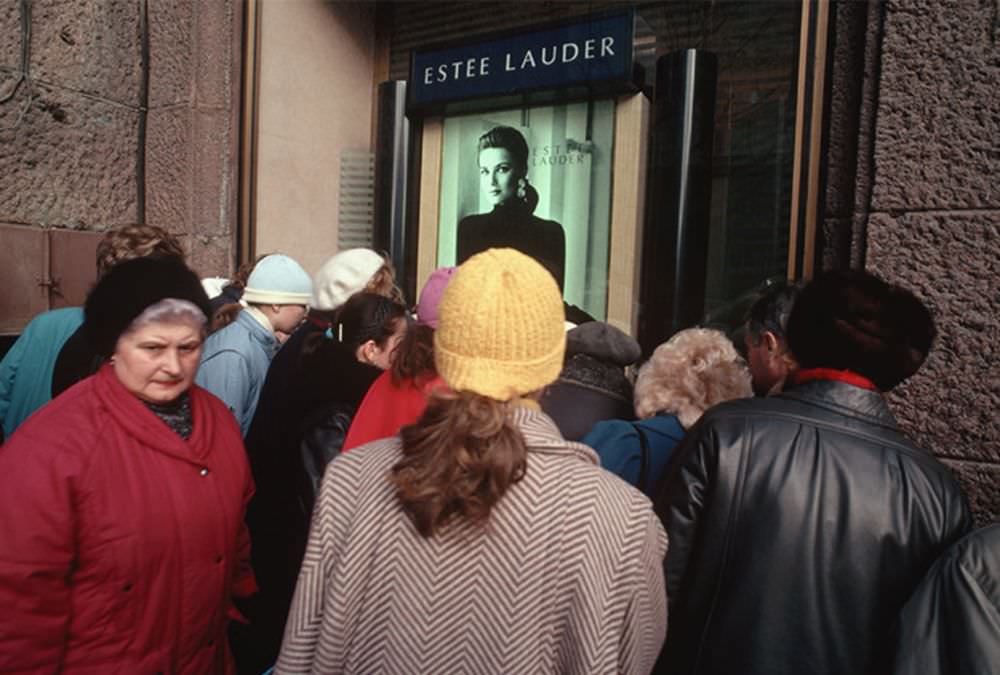
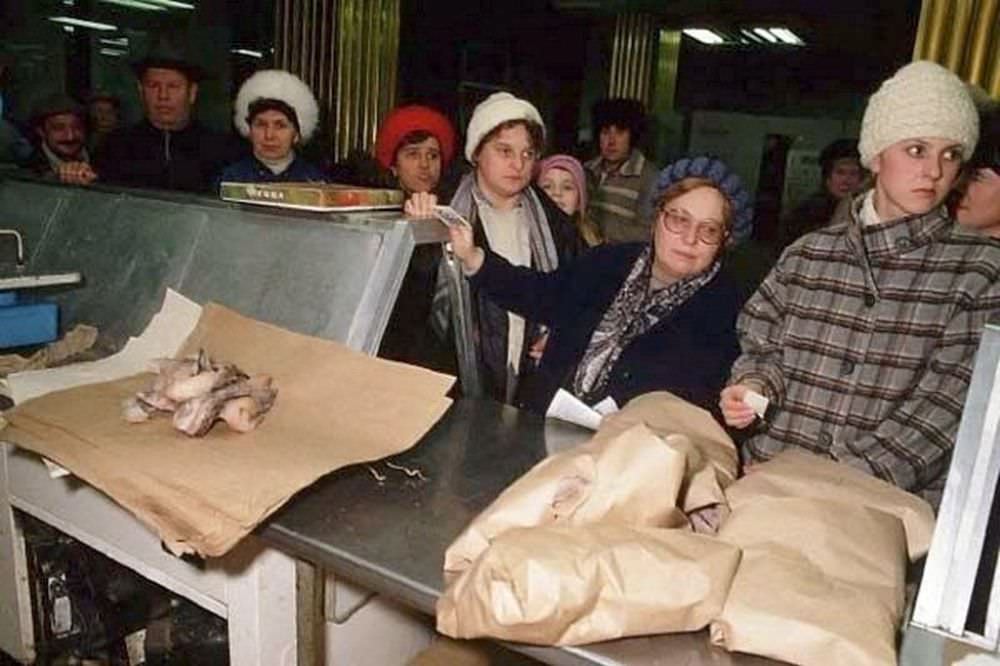
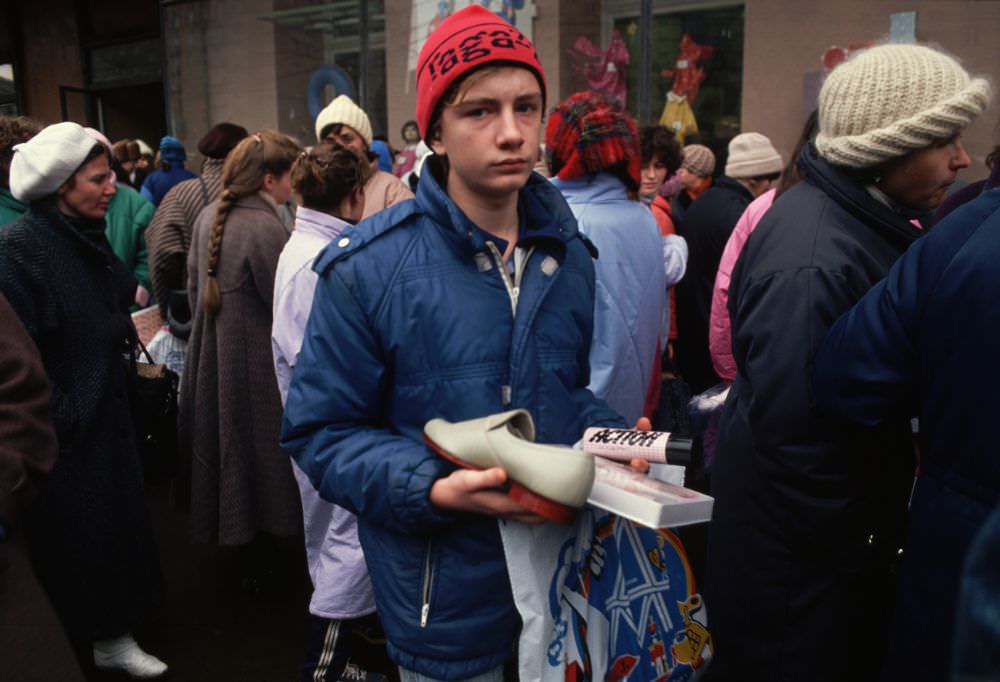
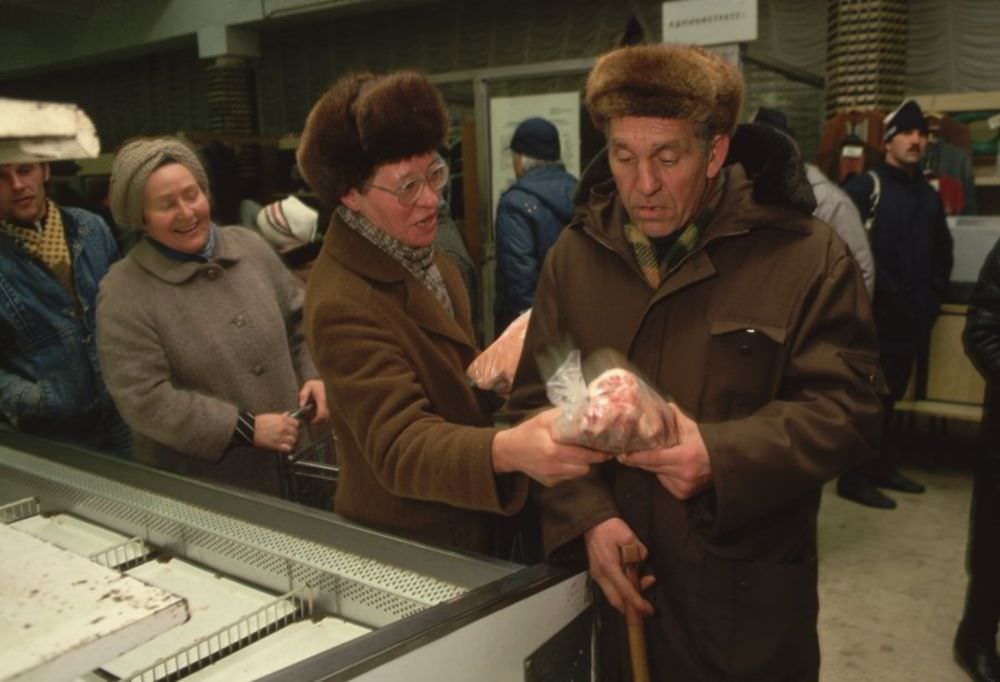
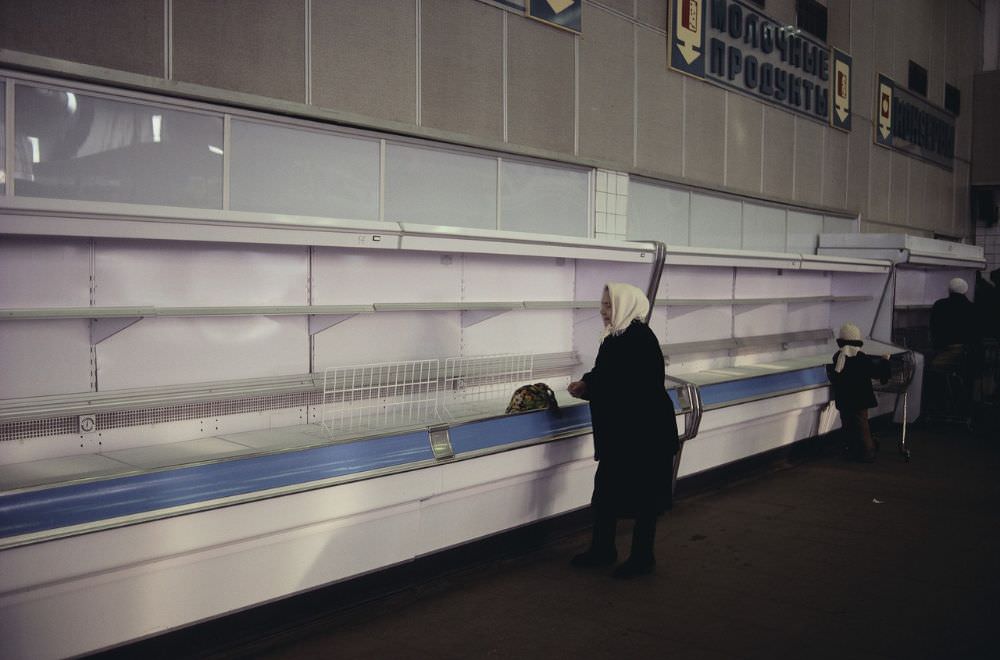


Wonderfull people a hello from brazil